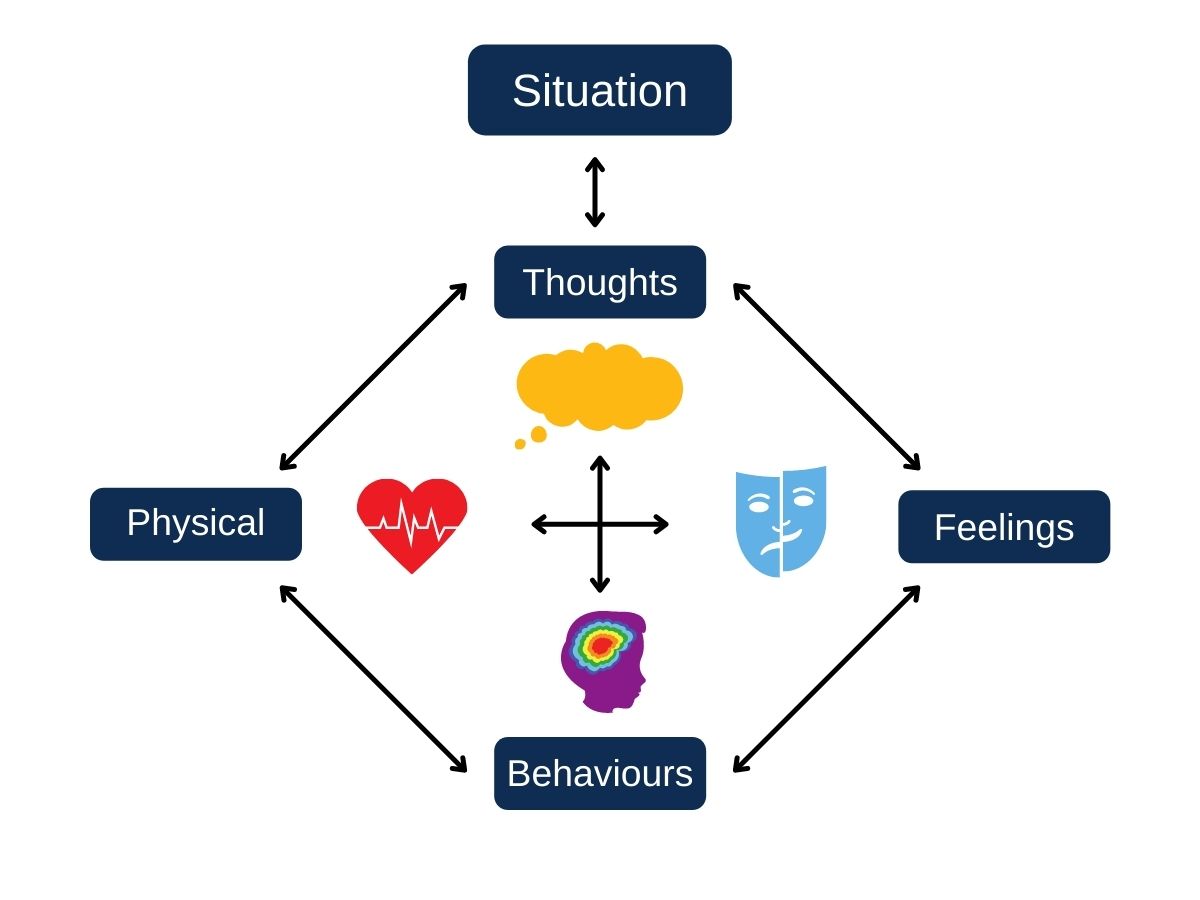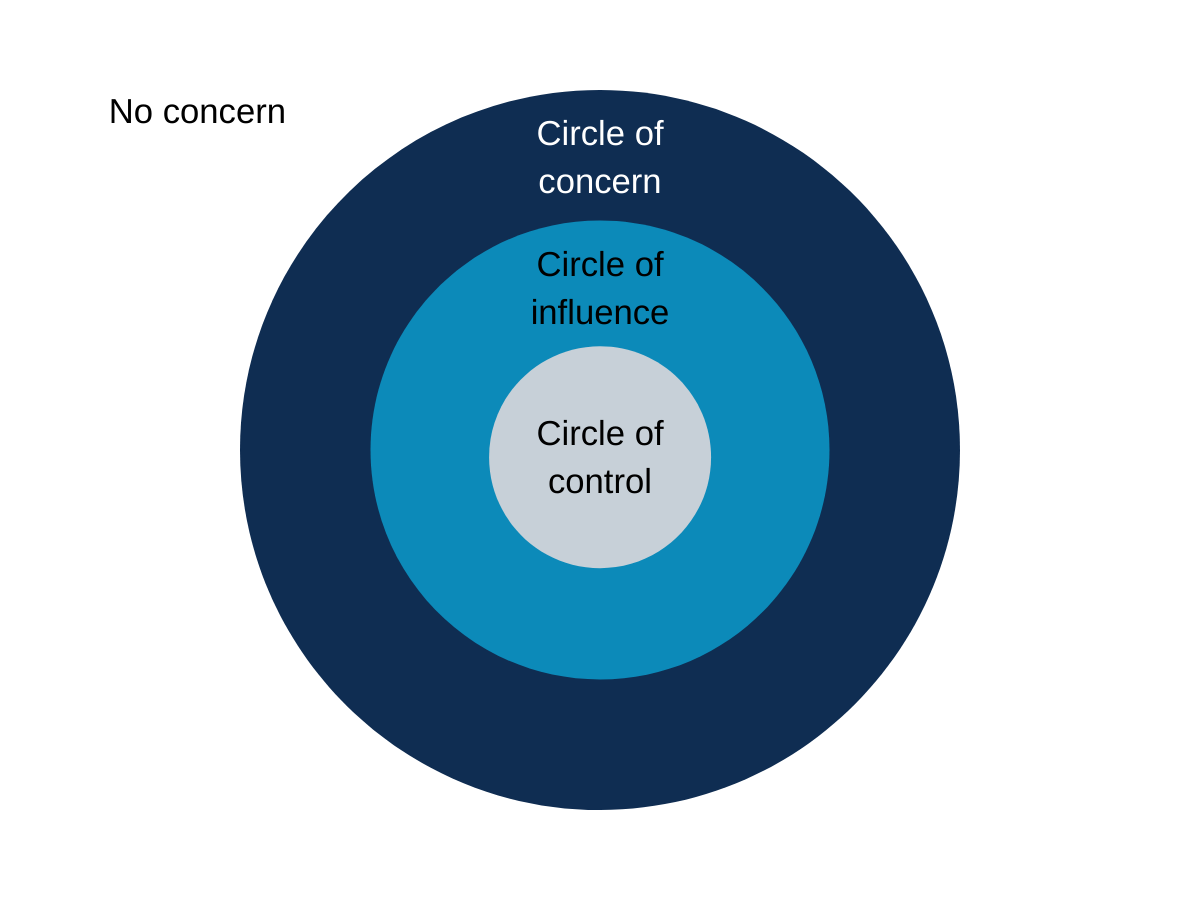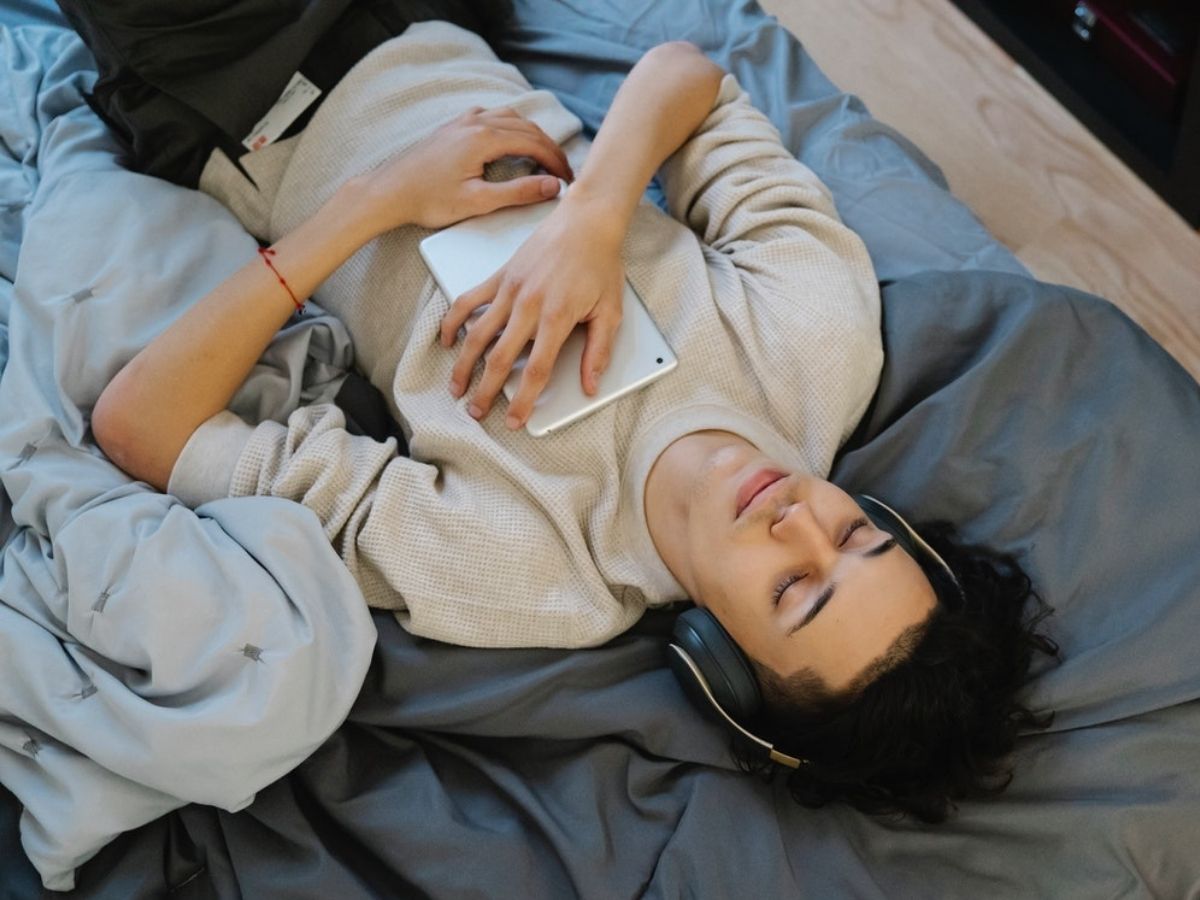By Denise Marshall, Legal Workplace and Culture Consultant
Many of us are still to return to the office, and some of us are sort of back and still getting to grips with this change. You may be experiencing mixed emotions about going back to the office, like ‘I am introverted and am worried it will be too many people all at once,’ or maybe ‘I can’t wait to see my colleagues in person!’ Others might be pondering ‘What do I need to take in with me?’ and of course, some of us may be thinking ‘I like being at home,’ and are reluctant to make the move back to the office.
There are bound to be mixed emotions among us, from excitement to worry or anxiety as we return to working face to face. Some organisations may have a new policy about working remotely and in the office, for example 3 days in the office and 2 days at home, while others may be all in the office. Wherever you are on the hybrid approach to working, it is helpful if we prepare ourselves as we get back into the flow of working in our offices.
Here are some things to think about to help you prepare mentally and physically to get into the swing of being in the office.
Excitement
Some people will be looking forward to returning to the workplace, where they will be able to catch up in person with colleagues and have those conversations in the kitchen or ‘watercooler moments’. You might be looking forward to after work socialising. Some of you may be looking forward to being able to learn from others in the workplace by listening to those around you having conversations about cases or matters they are working on, and being able to easily ask questions of more experienced colleagues. Some of you may be looking forward to or are enjoying the clear work-life split that happens as you return to the workplace.
Trepidation
Some people might not be looking forward to returning and may be dreading having to go back for many reasons. Some of these reasons could include the fact that COVID is still around, concerns about their commute and just being amongst more people than what they are now used to.
Seeing colleagues could be a concern. Even though you have been interacting during working from home periods, it may still present a challenge. If you joined while working from home that may add to the trepidation. Many of us are used to different home life arrangements and are reluctant to give them up, such as seeing more of your children and not having to leave pets for the day. Just having to commute can cause anxiety and worry. Going back to the workplace will change the work/life balance that may have been achieved over the past 2 years and could be a cause of concern.
Cycle of worry
What we think, the way we feel, what we experience and how we respond are all linked. When we are worried it's helpful to consider this cycle.
We start with the situation – in this case returning to the workplace. We generate thoughts about the situation and in this cycle they are usually worrying thoughts.
We also have feelings, emotions about the situation and these can often be seen through our body language and facial expressions. Our behaviours are also a part of the cycle and they can be observed by ourselves and others. The final part of the cycle are the physical sensations that can be manifested through the cycle.
All aspects of the cycle can happen really quickly once we have thoughts about a situation, and they don’t necessarily come in the order given. They all impact on each other. See the diagram below to illustrate this.
It is helpful to be aware of your thoughts about the situation of going back to the workplace. Are your thoughts more helpful or more hindering? What are the feelings you are experiencing? For example you might be anxious, irritable, angry, sad or maybe happy about the situation. Notice your behaviours. What are they? Do you avoid the situation and your feelings? Do you get into a mode of being very busy, phone a friend and tend to be repetitive about the situation? There are usually physical sensations that accompany the thoughts, feelings and behaviours. These could be an increase in heart rate, increase in temperature, sweating, poor sleep, low motivation, butterflies, nausea, or being tense for example.
To help us move out of the worry cycle it may be useful to think about Covey’s Circle of influence and control. This model looks at what you can control and influence and where you might be concerned.
Covey's Circle of influence and control
Circle of control
When looking at this model start from the centre and ask yourself ‘Is it in my control?’ Things that are in your control are your own thoughts, your feelings, words that you use, and actions and attitudes. Other things that you can control is what you watch and read. So there are lots of things that you can control.
Circle of influence
If it is not in your control then ask yourself ‘Can I exert influence over this?’ Things that you may be able to influence are areas like your home environment or your finances. You may also influence your productivity at work, your commitments, who follows you on social media, your reputation, where you work, other people’s thoughts or actions. Remember that the word is influence here so you might or might not be successful in influencing and in these areas it is out of your control.
Circle of concern
Things that may be in this circle are things that worry or concern you and you don’t believe you can control or influence them at the moment. This could be your past decisions, choices or behaviour, or even the weather. Lots of other things come into this area like government policy or decisions, Covid-19, the media, sports results, whether your public transport is on time, world peace or predicting what will happen. These are all things that you cannot control nor influence so it is important not to dwell on these and worry.
It is of course important in the Covid situation to keep safe and listen to government guidance and the guidance of your workplace. If you find you are spending a lot of time in this area of concern it is worth considering asking yourself ‘If I can’t control or influence it, can I learn to accept it?’ If the answer is no then go back to ask what you can do to influence the situation. The really important thing from a mental health perspective is to be aware of what you can control and focus on those things as much as possible, so you can control your response to those areas of concern.
There are a number of activities that you can undertake that can help you move out of the cycle of worry and help you move to being more positive in your thinking. These are all potentially within your circle of control.
Taking a break
- Practice mindfulness
- Grounding techniques
- Breathing exercises
Thought distancing
- Defuse or unhook from any unhelpful thoughts
- Become an observer of your thoughts
- Remember thoughts are not facts
- Consider the evidence, do you have a problem that is present now or are you ruminating about past or the future?
Self-compassion
- Are you giving yourself a harder time than you would give someone else?
- How could you be kinder to yourself? What would you say to a friend?
Self-care
- Make yourself a cup of tea/coffee
- Go out and buy a nice coffee/lunch
- Plan a relaxing evening as a reward
The logistics of returning to the workplace
When you have been out of the habit of going to your workplace to work there are a number of things to consider, remember or plan when getting ready to return. Here are some things to get you thinking.
- Identify and establish your new routine
- Organise child/elder/pet care
- Plan what you will wear – remind yourself of your office’s dress policy
- ID/ security pass – if you have mislaid yours follow your office’s procedure
- Laptop and you may need your charger depending on your office set up
- Mobile phone and charger
- Food/drinks/snacks that you may want during the day
- Plan your journey – some timetables may have changed, traffic conditions may be different and busyness of traffic may have changed. Car parks may be busy on some days and not on others
- Face masks – maybe you still want to wear them for your journey or your transport service may require them. You may want to wear one in the office; it is your preference
- Hand sanitiser – your organisation will have some but you may like to have your own with you
- Work/files that you have been working on – these are really important and if commuting on public transport remember to keep them safe and maintain confidentiality
- Allow enough time on your first day so that you don’t feel like you are rushing
- Umbrella – there is always weather to consider wherever you are located
Wellbeing
- Have a good night’s sleep the night before – you may want to adjust your sleep patterns a bit a week or two before your return to get back to your usual pattern that allows for your morning activities and commute.
- Listen to a relaxing app. There are plenty that include breathing exercises, guided visualisations and other mindfulness and wellbeing support.
- Organise to be in the office when one of your team is there, and once in catch up with others – have a coffee or lunch catch ups. Re-establish those face to face relationships.
When you get there, support each other
- Normalise your feelings; whatever they are they are OK.
- People have had varied experiences during working from home so be kind to each other and be compassionate.
- Noise levels – when people are back in the office together they can often be loud as they greet each other for the first time after a long period. Remember others are working, however, enjoy greeting your colleagues in the moment.
- Headsets on and headsets off – remember to use your headsets when you are having a Teams/video call/meeting if you are working in open plan so that you don’t disturb those around you and to maintain confidentiality. Once you have finished the call take your headset off/out so that others can talk to you. This give a helpful signal for others to be able to approach you.
- Blur your background on Teams/video calls. While it can be nice for the remote person to see someone video bomb a call it can also be distracting to you and to the other person/people on the call. Even people walking by can be a distraction so eliminate those by blurring your background.
- Your whereabouts – keep your calendar and MS Teams up to date.
- Have screen breaks and remember to move at least every hour.
This is very much another time of change as we navigate what our working life is looking like. It is helpful to pin down and commit to a date to return to the office as this can relieve anxiety and helps us mentally work with the changes and gives us some certainty. As you prepare talk to your colleagues and be open about how you are feeling so that you can support each other.





